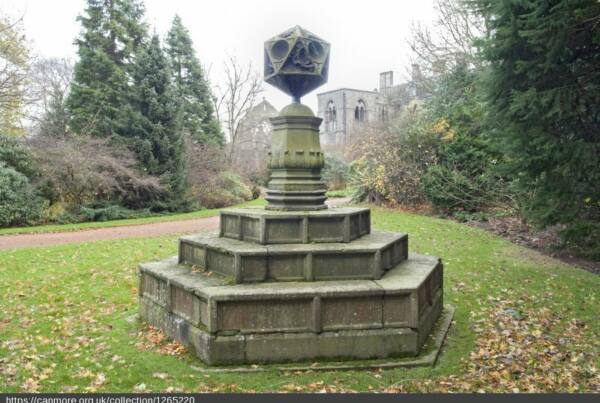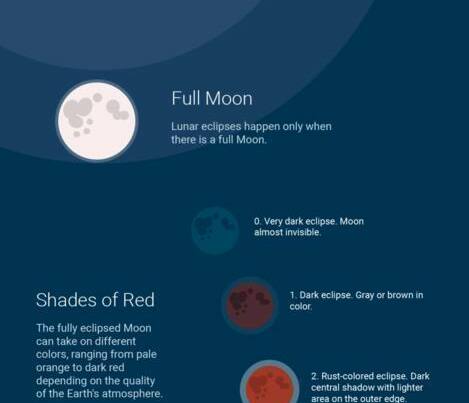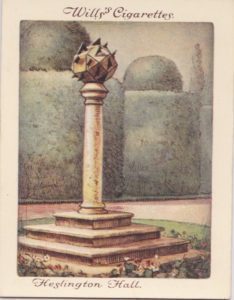Quitsato is a striking scene just off the road from Quito to Cayambe. It is a huge stone mosaic floor representing the earth, with a towering post in the middle. The dark stones making up the floor represent solstices, equinoxes and simply hours of the day. It is the first and the only equatorial monument celebrating the middle of the world, at Latitude 0°0’0”, and boasts that it can be observed from space, due to the dark stones absorbing more heat than the lighter, reflective ones.
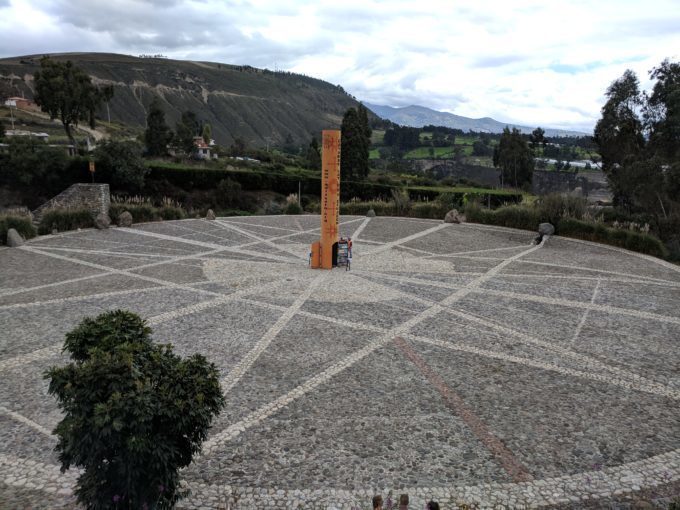
There are 13 other countries that lie along the equator, mainly dispersed through South America and Africa, but the highest point on the equator is found nearby to Quitsato, on the slopes of Ecuador’s Cayambe Volcano at 4,690 metres, where exist some of the most perfect geographic and land conditions for astronomical observation.
Quito’s mountainous landscape provides specific points on a horizontal plane, making it easy to use triangulation to determine where North is, whereas many of the other equatorial regions are either dense landscapes like the Amazon in Brazil, or low Savannah plains in Africa.
It is also possible to see the entire celestial sphere from Quitsato’s location at latitude zero, meaning at the equinoxes, one can see all of the stars in the sky from Quitsato.
In fact, the name ‘Quitsato’ itself comes from the pre-Incan Ecuadorian coastal language, Tsafiqui, and means ‘middle of the world’.
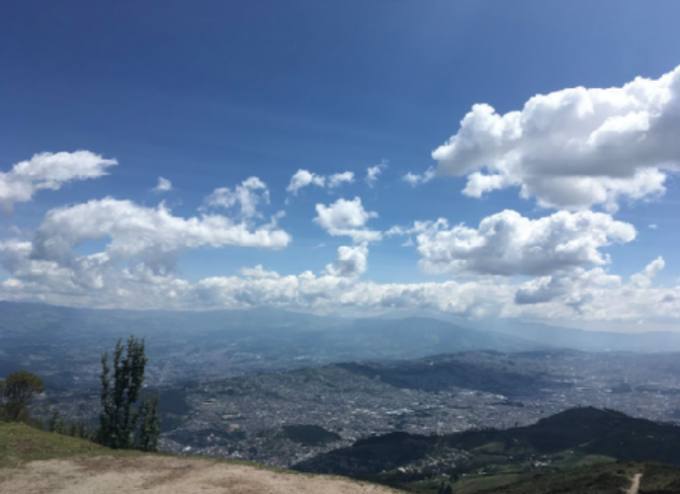
The monument is essentially a huge horizontal sundial built into the ground. The post in the centre of the 52m diameter stone circle represents the gnomon you see on most Sundials, and casts a shadow onto the mosaic floor according to where the sun is in the sky.
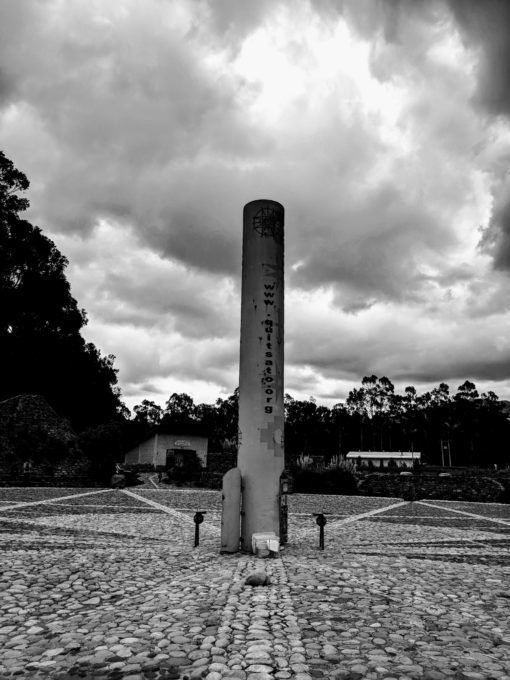
The sundial at Quitsato is a bit more imposing than the horizontal dials we make at Border Sundials.. but harder to fit in your garden!
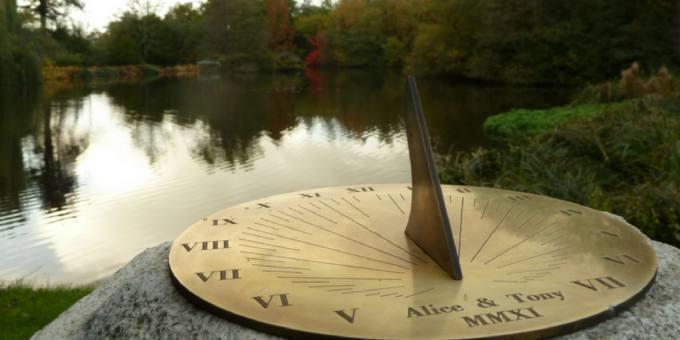
You can tell the time from this sundial according to where the shadow cast by the sun lands. The lines on the stone floor represent hours of the day, and there are stones placed around the monument that represent midday.
At midday in Quito on each equinox, the sun will be directly above the 10m hollow post and shine directly into the post, casting no shadow, but lighting up the inside of the gnomon.
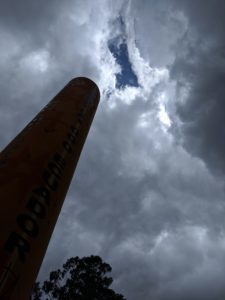
Unfortunately the sun hid behind the clouds for the majority of my visit, and I only caught a quick glimpse of the shadow a few minutes before 12pm.
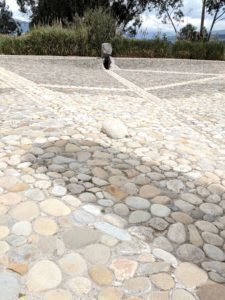
Cristobal Cobo, the founder of the ongoing project at Quitsato, also is working towards a new geographic proposal, ‘Oriens Geovision’, an idea that promotes East-centric maps in which the Equator runs up and down rather than left to right. He encourages the discussion of our perspective of the world and suggests his map is both a more accurate portrayal of the physical geography of our world as well as a fairer way of viewing all countries as equal. At the Quitsato site, there are inflatable globes showing this orientation, as well as various books and DVDs explaining the Quitsato monument in more detail.
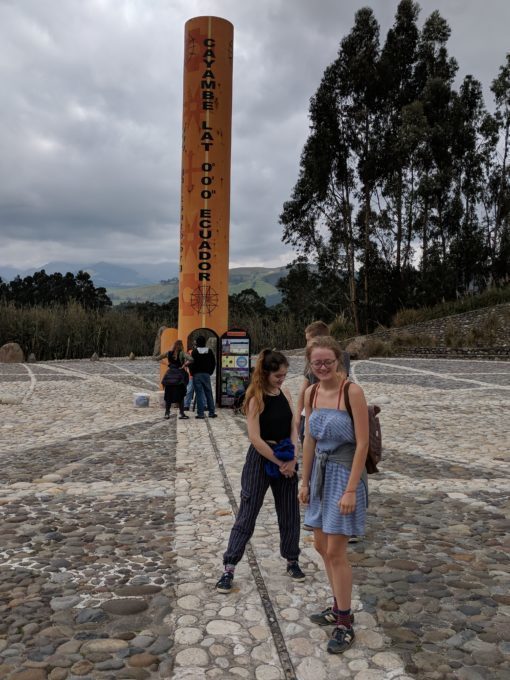
Quitsato is about an hour and a half’s drive away from Quito, near the city of Cayambe, and is well worth a visit.
Sadly, on the day I went there, the sky was cloudy and covered the sun from just before noon, so I didn’t see the equinox on the equator as I had planned.
But if I begin to feel cheated at flying half way around the world to miss the show, I remind myself of the 11 year travels of Guillaume Le Gentil, who had a much worse time!
My daughter Grace helped a great deal with this blog, and has written another blog on Quito which can be read here – Things to do in Quito.


